Kilkenny's Medieval Treasures
Kilkenny Castle
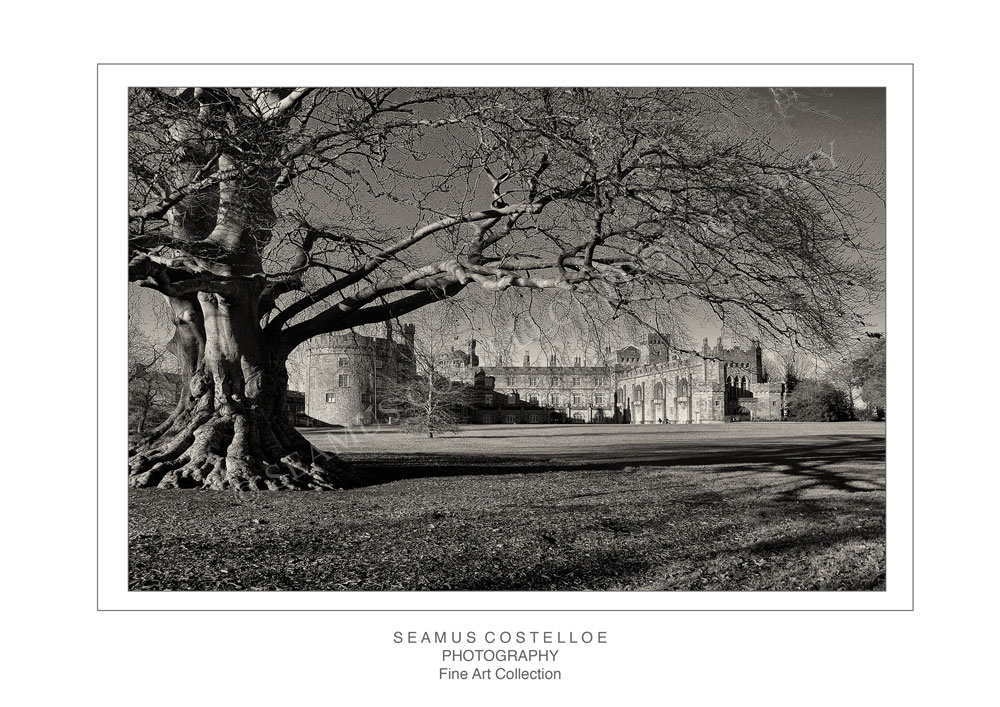
This superb castle is located on elevated ground beside the river at the south-eastern end of the city. The castle was built in the thirteenth century on the site of an earlier fort. The Butlers, the Earls of Ormonde (an Hibernicised Norman clan), occupied the castle from the fourteenth century onwards. In modern times, the castle has been restored to its former glory by the state, and was officially open to the public in 1976. There is an exhibition hall open to the public in the Old Castle Stables.
Kilkenny Castle provides guided tours, an art gallery, a café during summer, extensive grounds and a childrens play area.
Rothe House
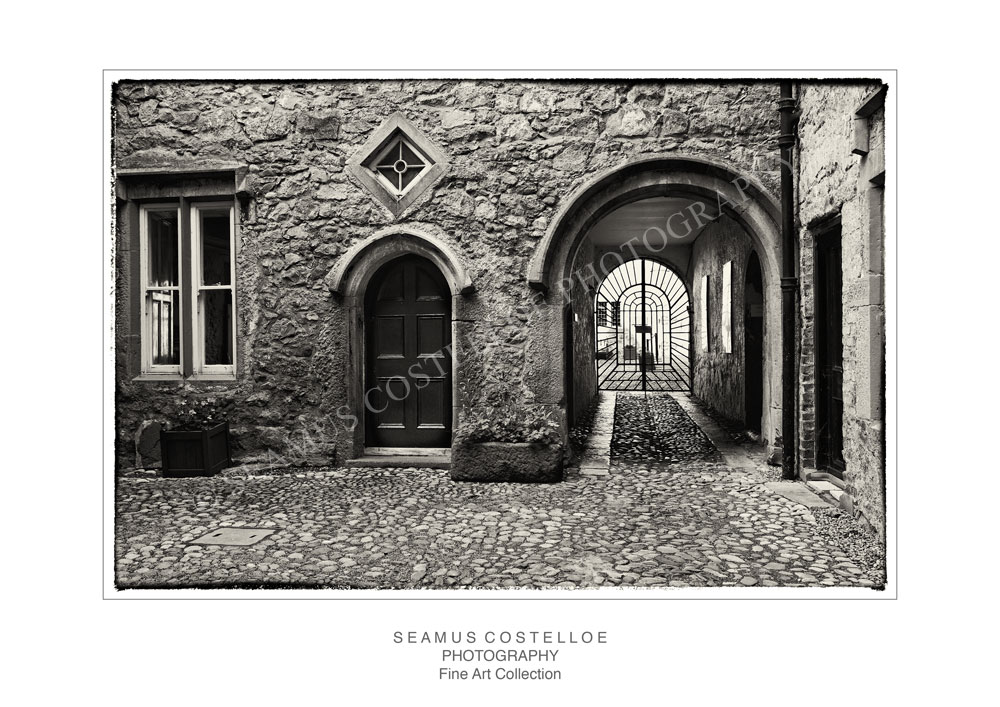
This magnificent sixteenth century Tudor town house is situated on Parliament Street. Built in 1594 by John Rothe, the building consists of three houses with courtyards. Rothe House currently houses the museum and library of the Kilkenny Archaeological Society. Within the museum there are a number of exhibits including period costume displays and a genealogical centre.
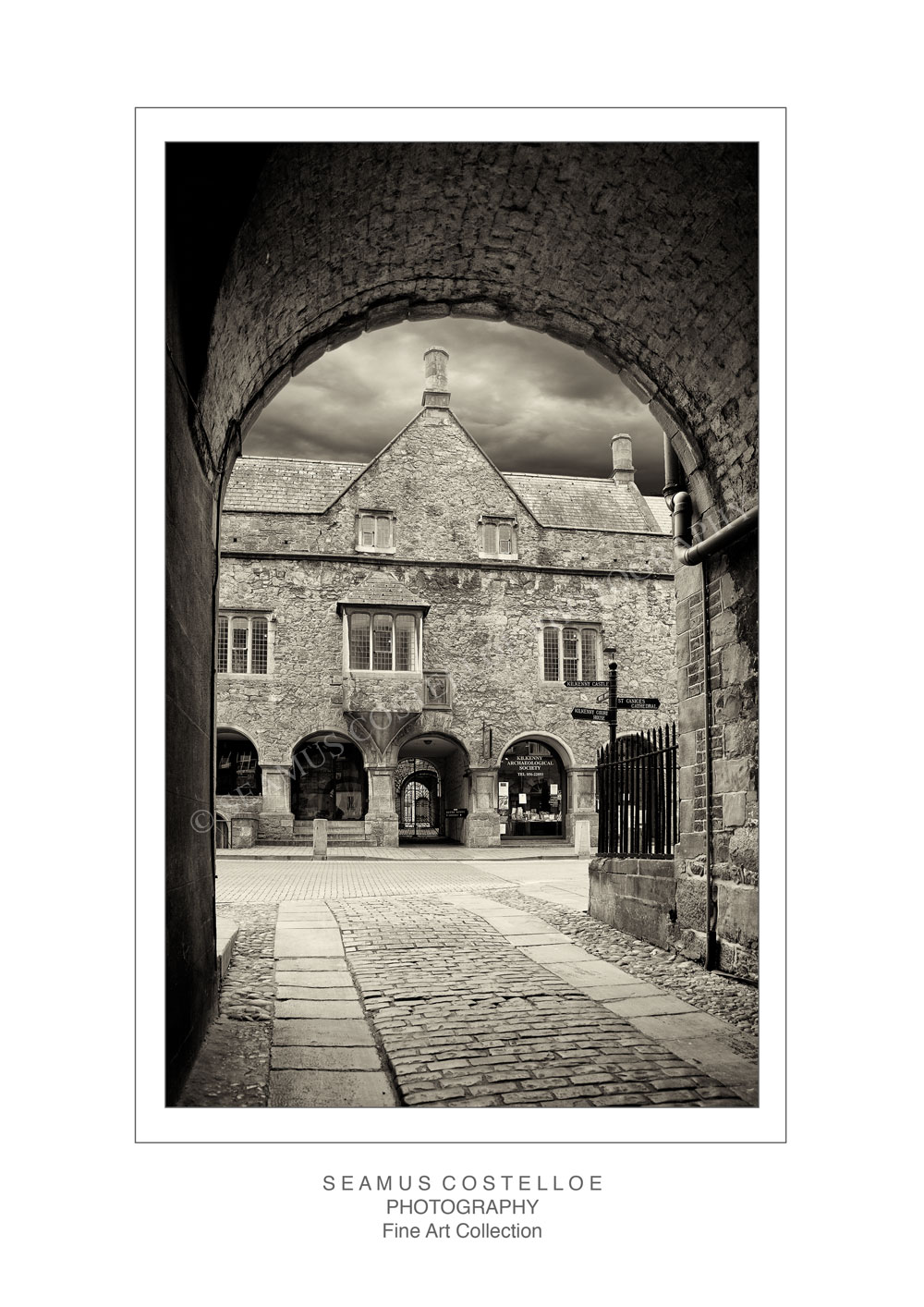
The Thosel
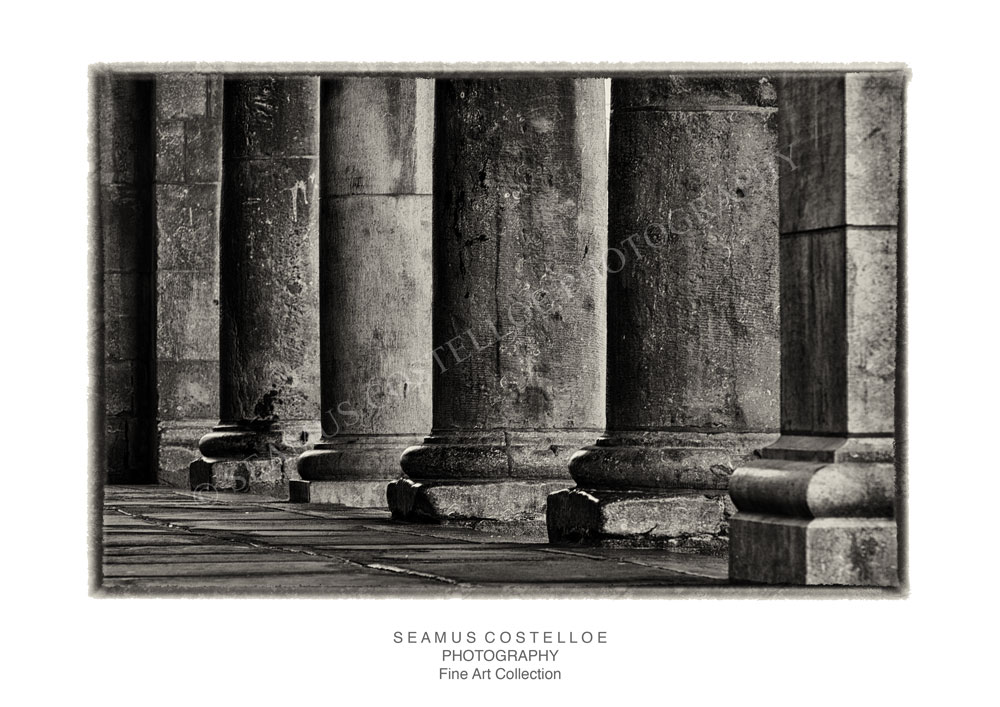
This central Kilkenny landmark dates from 1761. Erected by Alderman William Colles, the Thosel served as the market for the city (the word 'thosel' means literally a marketplace). Architecturally, the building has a double length arcade with an impressive Georgian Council Chamber room positioned above the arcade. There is a clock tower on the steeply pitched roof, and the southern wall contains the Kilkenny coat of arms. The original building was badly damaged after a fire in 1987, but has since been completely restored, and now serves as the City Hall.
St. Canices Cathedral
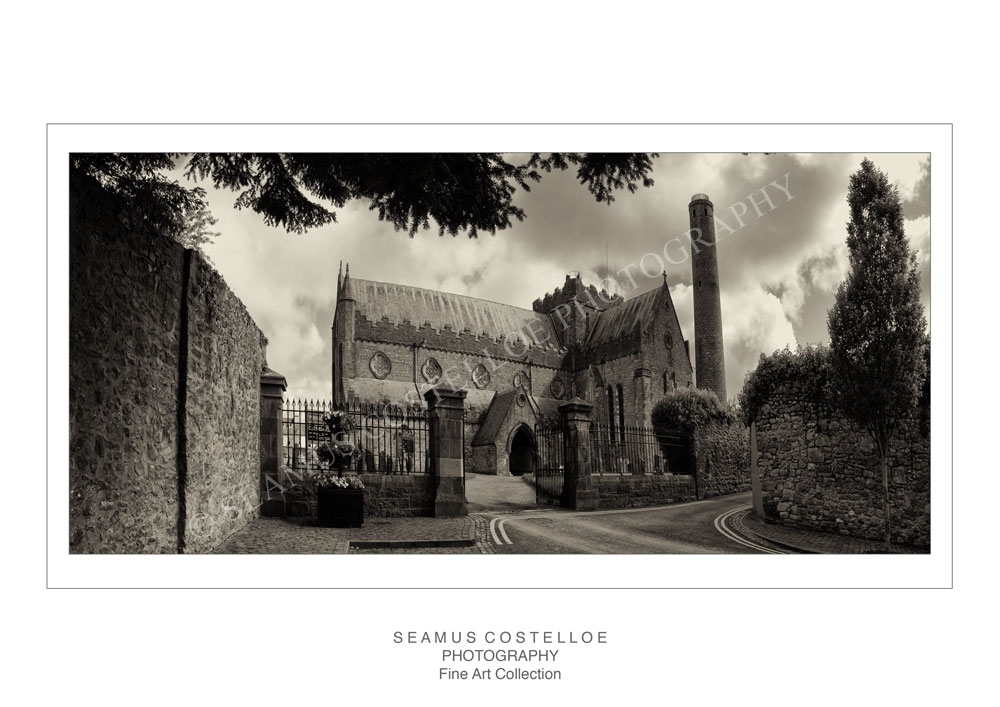
St. Canice's was erected in the thirteenth century, and is accessible from Irishtown via St. Canice's Steps. The cathedral features a magnificent tower that offers impressive views of the city. The cathedral evolved over the centuries and was unfortunately damaged by Oliver Cromwell's troops in the seventeenth century. This Kilkenny landmark features a fascinating collection of monuments and tombs dating from the Tudor era.
The Black Abbey
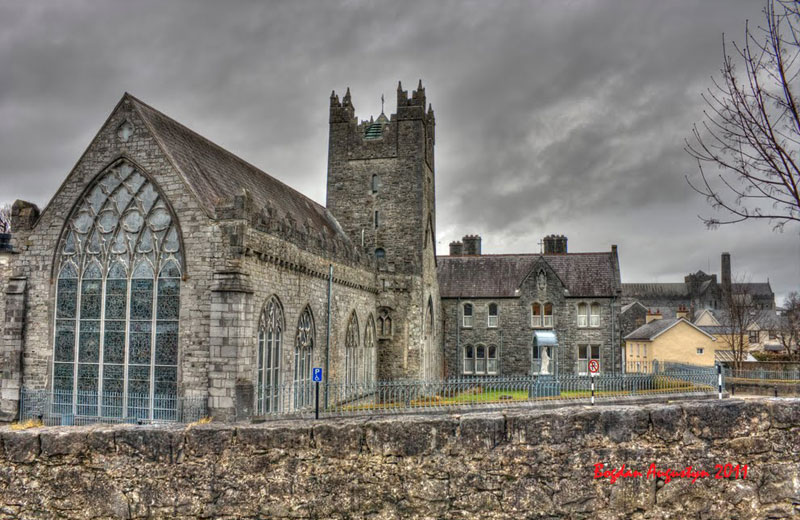
William Marshall (Earl of Pembroke) founded the Black Abbey in 1225 for the Dominicans. This impressive building is situated on Abbey Street, and features a tower and some magnificent windows dating from the original the original structure. The Dominican abbey was dissolved in the sixteenth century and subsequently became a courthouse. Fortunately, the abbey was restored to its former glory in the nineteenth century enabling it to be reopened as a church. At the Abbey entrance, one can find a series of monumental slabs and stone coffins dating from the middle ages.
Kytelers Inn
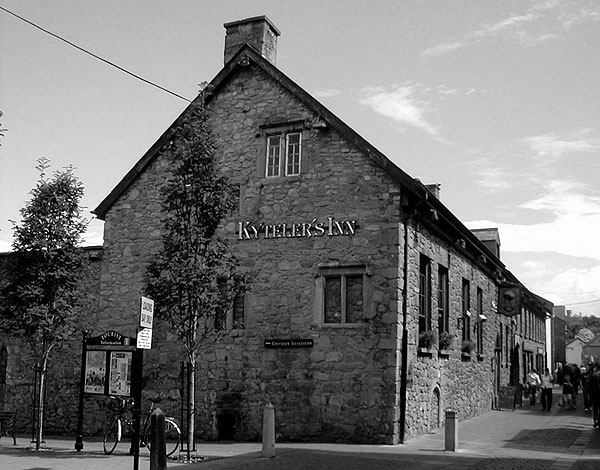
Kyteler’s Inn is a pub in the centre of Kilkenny that has been reconstructed from the remains of a 12th century Inn.The medieval inn was home to Dame Alice de Kyteler, who outlived four husbands, and was accused of poisoning them. She was involved in the world’s first ever witch hunt. Dame de Kyteler managed to avoid being burnt at the stake, but her servant Petronella did not. Today, the inn serves as a popular restaurant and pub, complete with a statue of Dame Alice on display in its cellar.
